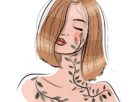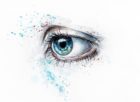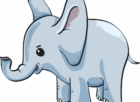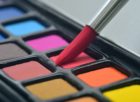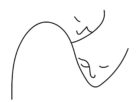Fashion Illustration: The Intersection of Art and Style

Introduction
Fashion illustration is a captivating art form that seamlessly combines creativity, style, and imagination to bring fashion designs to life. From sketching to digital rendering, fashion illustration serves as a fundamental tool for designers, brands, and artists to visualize their ideas and communicate their vision. In this article, we will delve into the fascinating world of fashion illustration, exploring its different types, popular trends, historical significance, and the unique characteristics that set it apart from other forms of art.
An In-Depth Look at Fashion Illustration
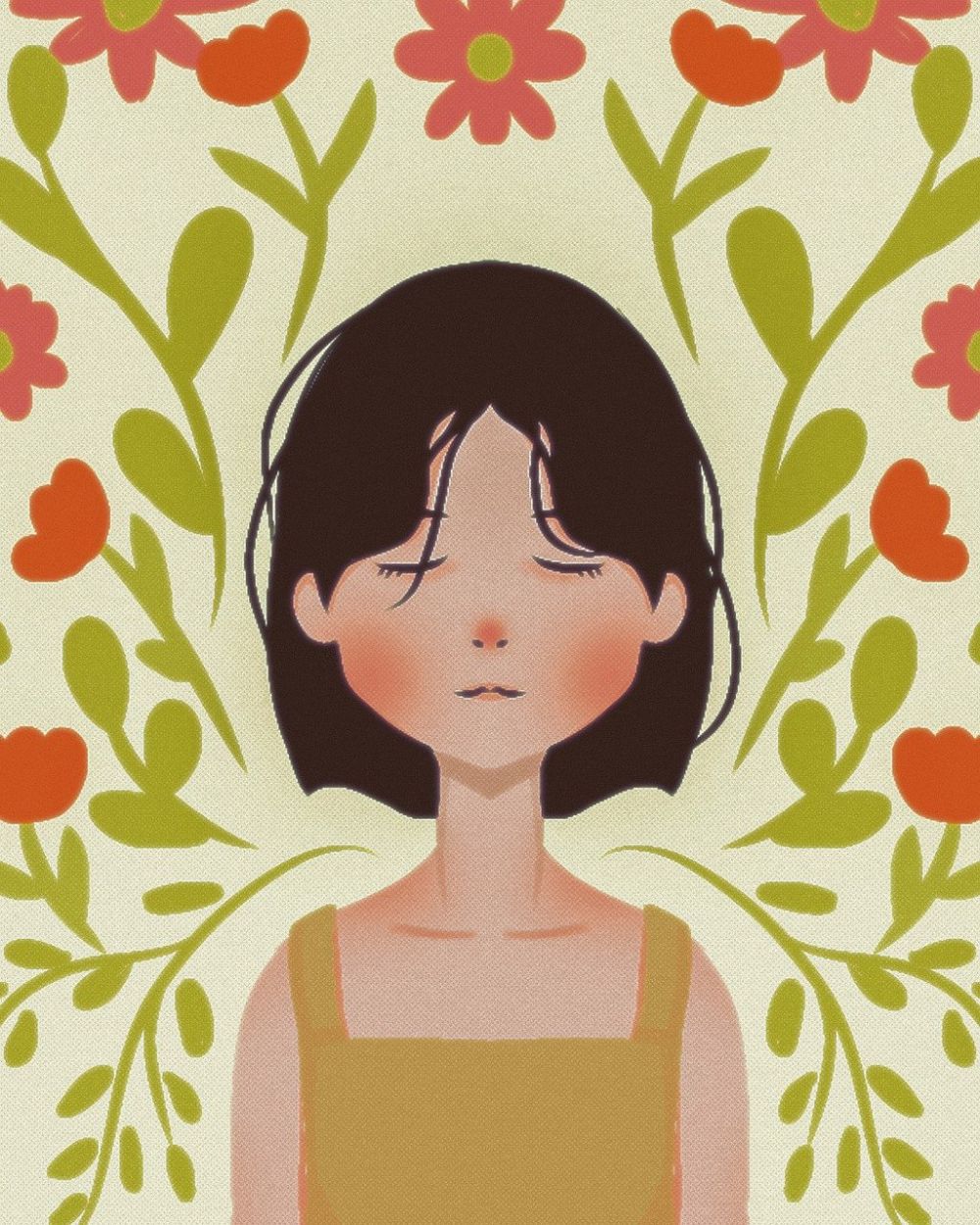
Fashion illustration encompasses a diverse range of techniques and styles that showcase the artist’s interpretation of fashion. It is the art of depicting clothing, accessories, hairstyles, and makeup in striking and visually appealing ways. Artists employ various mediums such as watercolors, markers, pencils, and digital tools to create their illustrations, each offering a distinct aesthetic.
Types of Fashion Illustration
1. Traditional Fashion Illustration: This style embraces hand-drawn techniques, emphasizing fluid lines, meticulous detailing, and a touch of individuality that captures the essence of the designer’s vision. Artists often use a combination of pencils, watercolors, and ink to create their illustrations, showcasing a sense of craftsmanship and artistry.
2. Digital Fashion Illustration: With the advent of technology, fashion illustration has evolved to incorporate digital tools and software. Artists utilize digital tablets and software like Adobe Illustrator, Procreate, and CorelDRAW to create illustrations that are not only precise but also easily editable. Digital fashion illustrations offer flexibility, allowing designers to experiment with different techniques and effortlessly make revisions.
Popular Trends in Fashion Illustration
Fashion illustration, like fashion itself, is subject to evolving trends and influences. Some of the popular styles and trends include:
1. Minimalism: Clean lines, subtle shading, and minimalistic color palettes are often associated with this contemporary approach. Minimalistic fashion illustrations focus on simplicity, emphasizing essential details and avoiding unnecessary embellishments.
2. Mixed Media: Combining traditional and digital mediums, mixed media illustrations create a dynamic fusion by integrating features such as collage, photography, and hand-drawn elements. This trend allows artists to experiment and push the boundaries of traditional fashion illustration.
Quantitative Measurements in Fashion Illustration
While fashion illustration is primarily a subjective art form, there are quantitative measurements that play a crucial role, especially in technical drawings and fashion design:
1. Proportions: Maintaining accurate proportions is essential in fashion illustration to ensure a realistic representation of the human figure. Artists often rely on standard measurements and ratios to create anatomically correct illustrations.
2. Scale and Measurements: When illustrating garments, precise measurements and scale are crucial for conveying the desired fit and style. Fashion illustrators use rulers, templates, or CAD (Computer-Aided Design) software to ensure accuracy in their technical drawings.
Differentiating Fashion Illustration Styles
Fashion illustration encompasses various styles, each with its own distinguishing features. These differences arise from the artist’s individual style, the intended purpose, and the desired aesthetic:
1. High Fashion Illustration: This style focuses on highlighting the glamour, elegance, and sophistication of haute couture. It often features elongated figures, dramatic poses, and intricate detailing to capture the opulence and grandeur of the fashion world.
2. Street Style Illustration: Reflecting the urban fashion scene, street style illustration exudes a more casual and edgy vibe. This style often depicts contemporary trends, showcasing realistic figures with a touch of attitude, while incorporating graffiti-like elements and bold typography.
A Historical Overview of Fashion Illustration
Fashion illustration has a rich history, dating back to the early 16th century when artists recorded clothing designs for royalty and nobility. Over time, fashion illustration evolved, with each era leaving its mark on the craft:
1. 19th Century: During this period, fashion plates were published in influential magazines, offering a glimpse into the latest trends. Artists employed watercolors and hand-coloring techniques to bring these illustrations to life, catering to an emerging middle class hungry for fashion information.
2. Mid-20th Century: With the rise of fashion photography, fashion illustration faced challenges. However, artists like René Gruau and Antonio Lopez revived the art form by injecting their unique styles and collaborating with iconic fashion houses, leaving an indelible impact on the industry.
Advantages and Disadvantages of Fashion Illustration
Fashion illustration offers numerous advantages as a creative tool, but it also has its limitations:
Advantages:
1. Creativity and Artistic Expression: Fashion illustration allows artists to explore their creative boundaries, adding their own touch to fashion designs and bringing unique perspectives to the industry.
2. Flexibility and Adaptability: Illustrations provide designers with the freedom to experiment with various styles, textures, and colors without the production constraints of physical garments.
Disadvantages:
1. Lack of Realism: While fashion illustration captures the essence of designs, it can sometimes lack the realism that fashion photography offers, making it challenging for consumers to envision the actual garments.
2. Misinterpretation: Fashion illustrations rely heavily on the artist’s interpretation, which may lead to differences in how a design is perceived by different individuals, potentially affecting the communication of the intended message or aesthetic.
Conclusion
Fashion illustration serves as a bridge between creativity, fashion, and visual storytelling. From its historical roots to the contemporary digital era, fashion illustration has evolved continuously and adapted to the dynamic fashion industry’s needs. Its ability to showcase individual style, ignite imagination, and communicate designs makes it an indispensable tool in the creative process. Whether it is through traditional or digital techniques, fashion illustration continues to captivate audiences, inspiring fashion enthusiasts and professionals alike.
[INSERT VIDEO HERE: A short video showcasing the process of creating a fashion illustration, from initial sketching to final rendering, highlighting the different techniques and tools used.]





